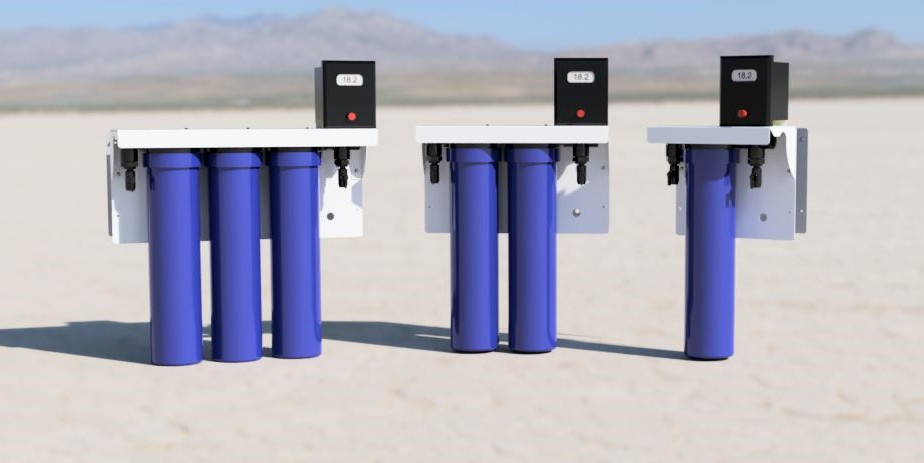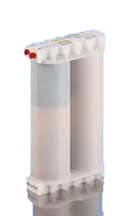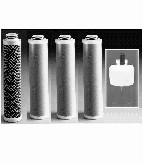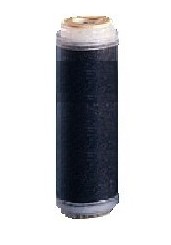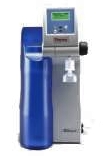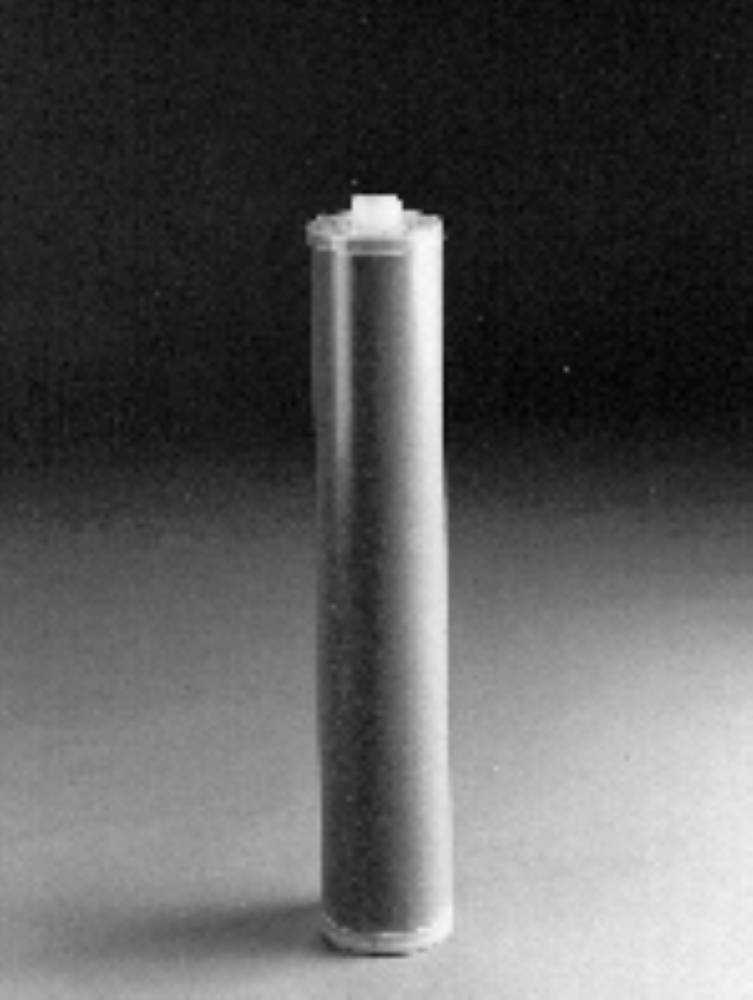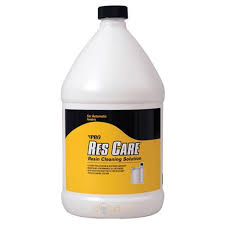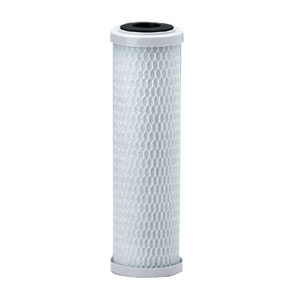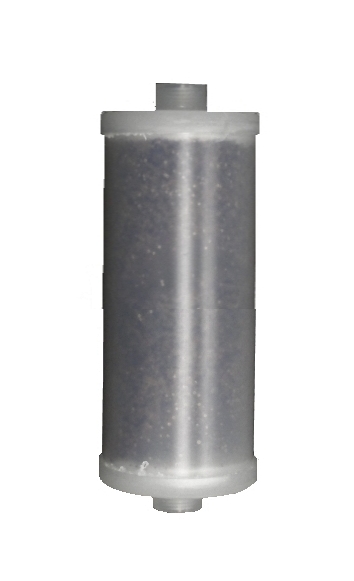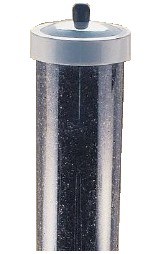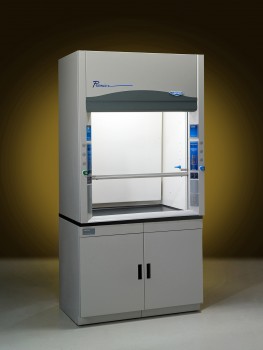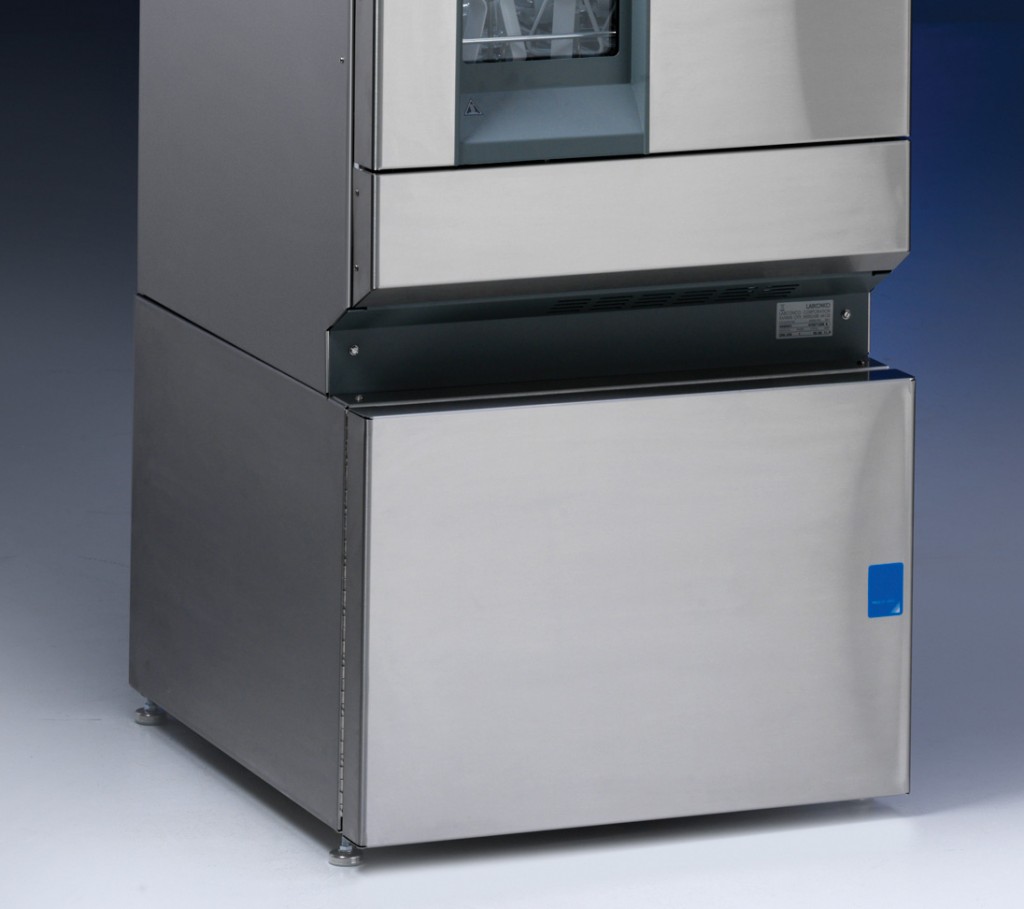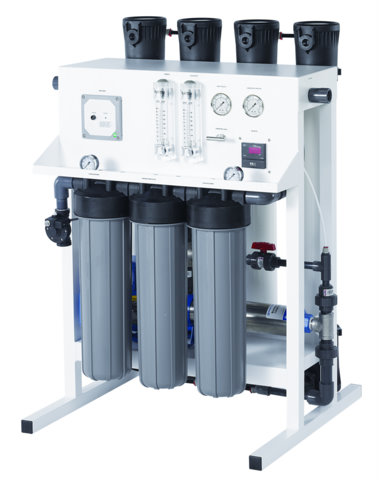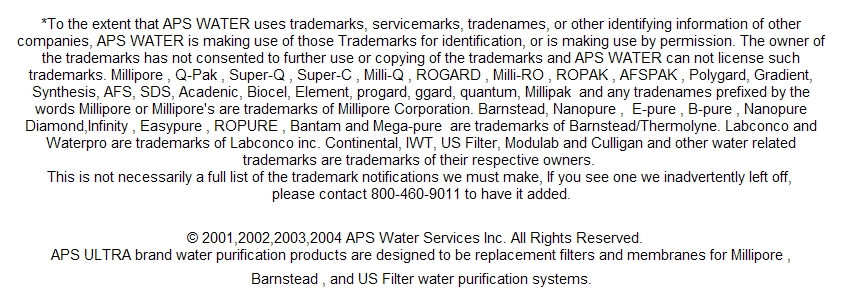APS Water Services
We are distributors of products from the following companies
Barnstead/Thermolyne
Thermo Scientific
LabConco
Pentek
Fleck
Ahlstrom
Myron-L
and many others
We provide our products to high technology institutions, commercial facilities and residences worldwide.
Rated 'A ' by the Better Business Bureau
(1000's of Clients, Zero Complaints)
We are specialists in many areas of ultrapure water and laboratory filtration solutions.
Laboratory Water Purification
Lab and Research Water Systems
Millipore and Barnstead Experts
Replacement Filters
Ultrapure and Medical Water
Lab Water Distillers
Low Cost Solutions
Free Tech Service
Laboratory Filtration
Syringe Filters
Extraction Thimbles
Membranes Filters
Other Laboratory Products
Laboratory Fume Hoods and Enclosures
Freeze Dry Equipment
Glassware Washers
and much more...
|
Commercial Water Purification
Deionization Systems
Activated Carbon Systems
Water Softener Systems
Distilled Water
Particulate Removal
Restaurant Filters
Water Monitoring Equipment
Water Testing Products
Residential Water Testing Products
Commercial and Laboratory Testing Products
Monitoring Equipment
Residential Water Filtration
Well Water Specialists
Free Tech Help
Water Softeners
Carbon Systems
Reverse Osmosis
Distilled Water Systems
Improve Taste and Smell |
APS WATER Engineered Systems exists to provide professional services related to planning, management and development of water systems at the highest level of technical excellence that is professional and ethical.
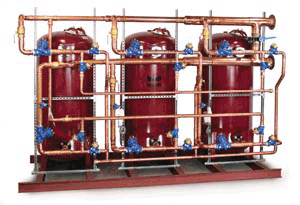
|
|
Whether your project is a low or high-rise office building, a shopping mall, hospital, hotel, college lab, casino.....APS WATER Engineered Systems can provide equipment for top or side mount softeners and filters, diaphragm valve nests, or hi-purity equipment for the most demanding of water system application requirements.
APS WATER Engineered Systems can assist you with job specifications, submittals, sales and engineering drawings, and sizing of the equipment. We can manufacture to unique specifications or use our in house engineering and CAD capabilities to develop a design that meets your specific requirements. With our dedication, you can be assured that APS WATER Engineered Systems will provide you with the support you deserve.
|
Let us show you how APS WATER Engineered Systems can provide you with the information and services you need to get the job done, and done right in a timely fashion.
|

